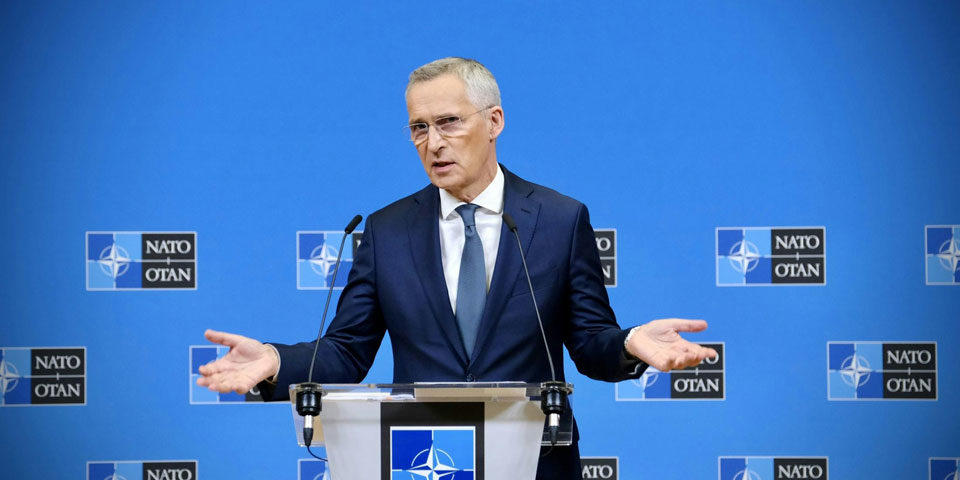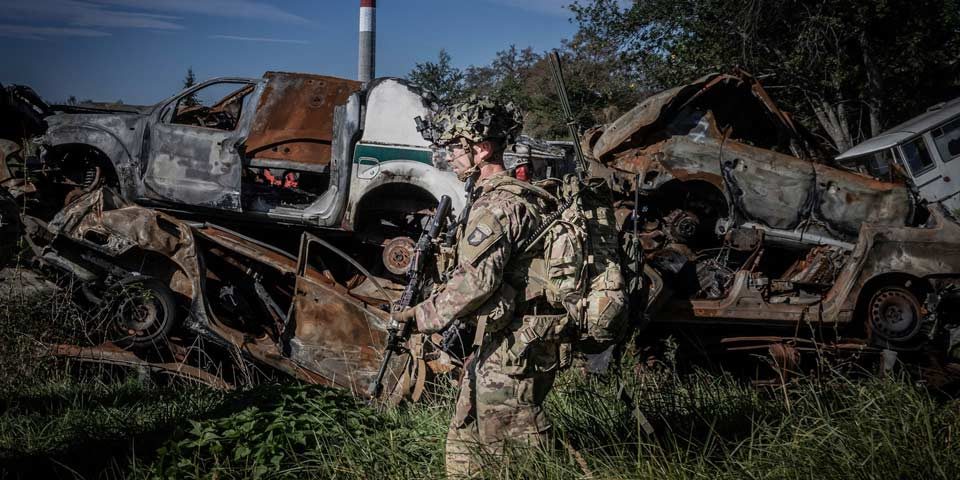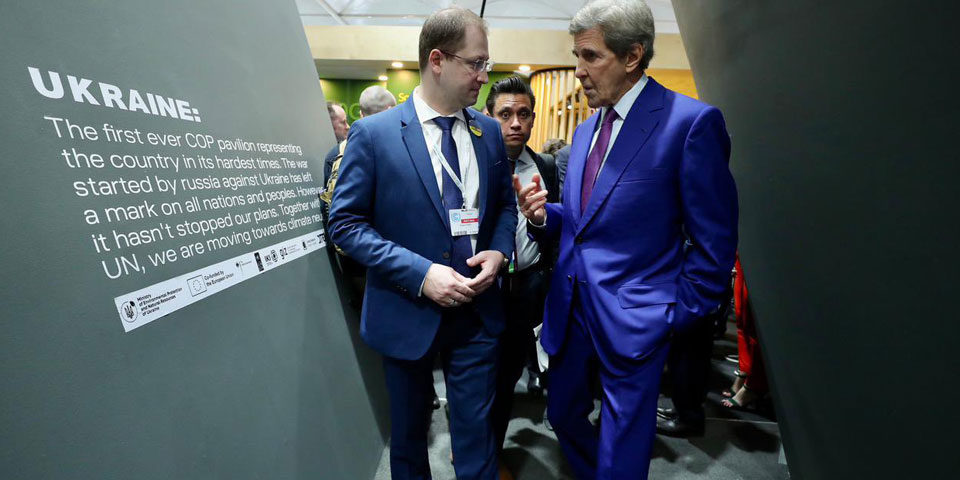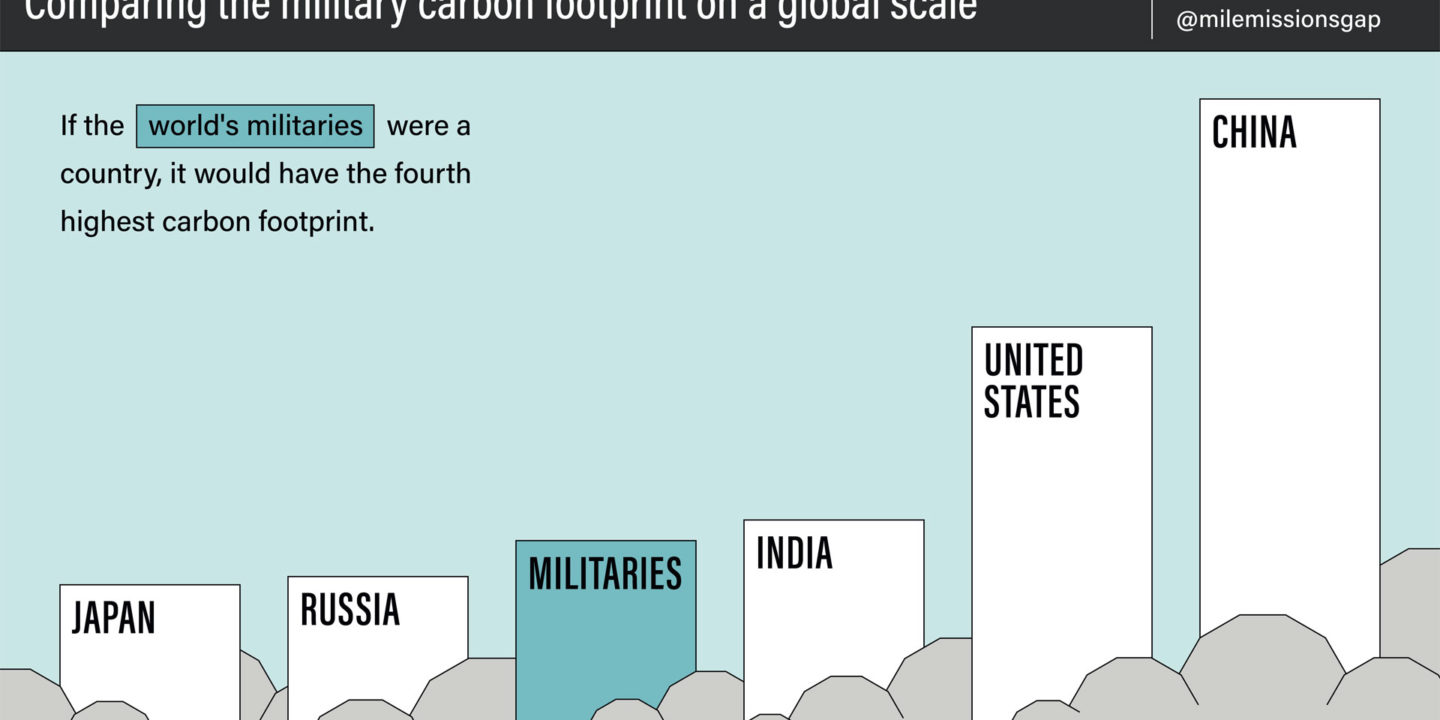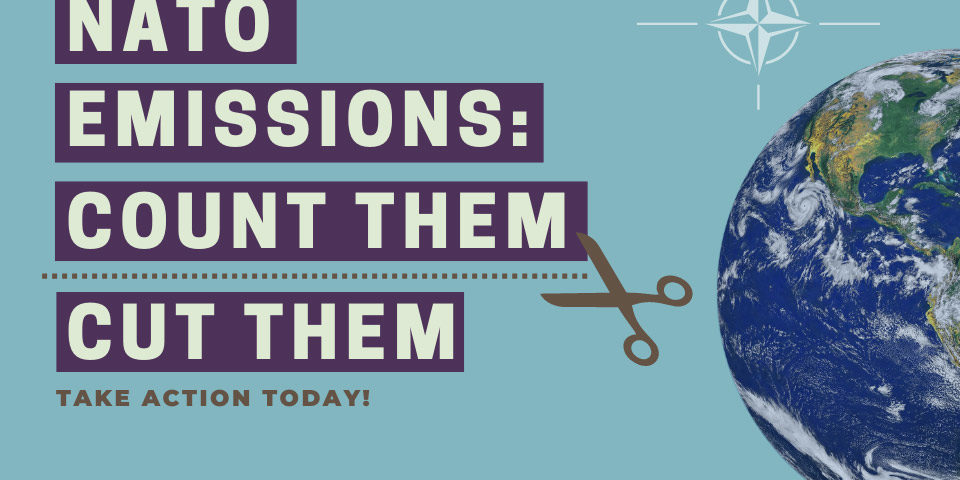Reflections on the UK Defence and Climate Change report
A RAF Typhoon takes part in air defence training over the Baltic region in May 2022. The RAF has set an ambitious target to reach net-zero by 2040, but there are no consistent milestone or targets across other UK Commands. (Credit: NATO) The UK House of Commons Defence Committee has released the Defence and Climate…


